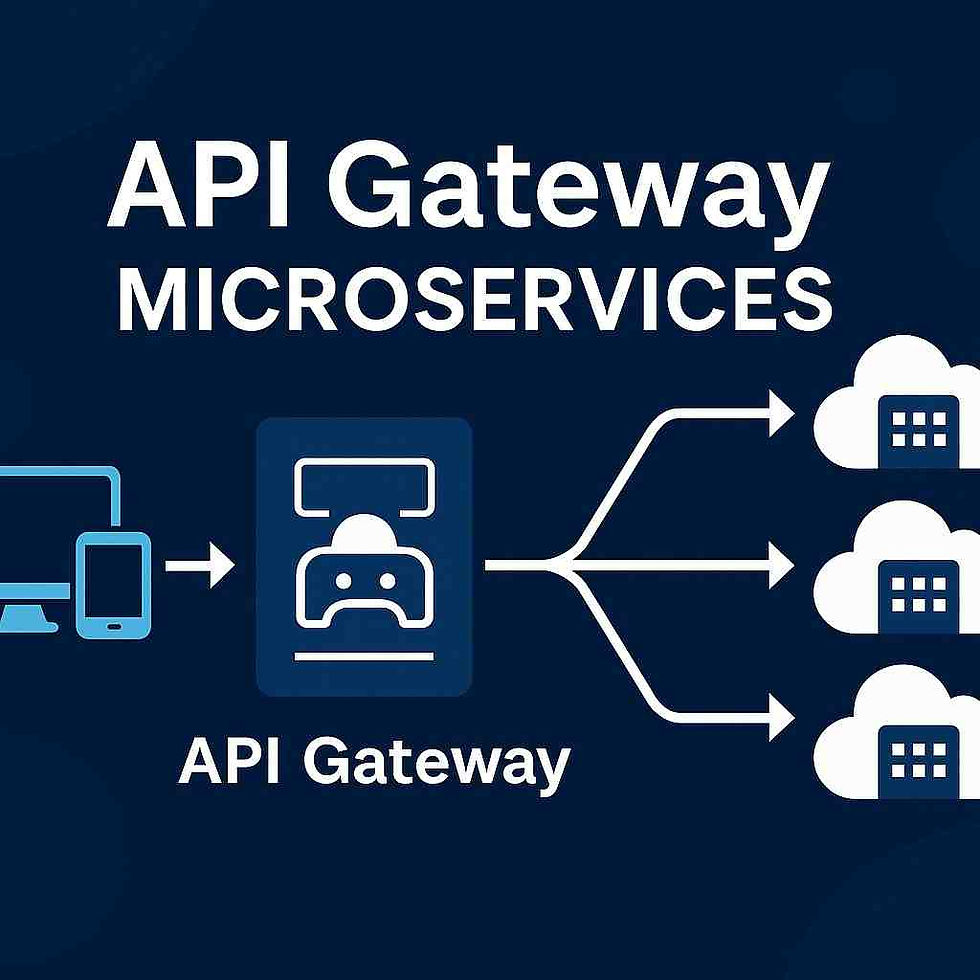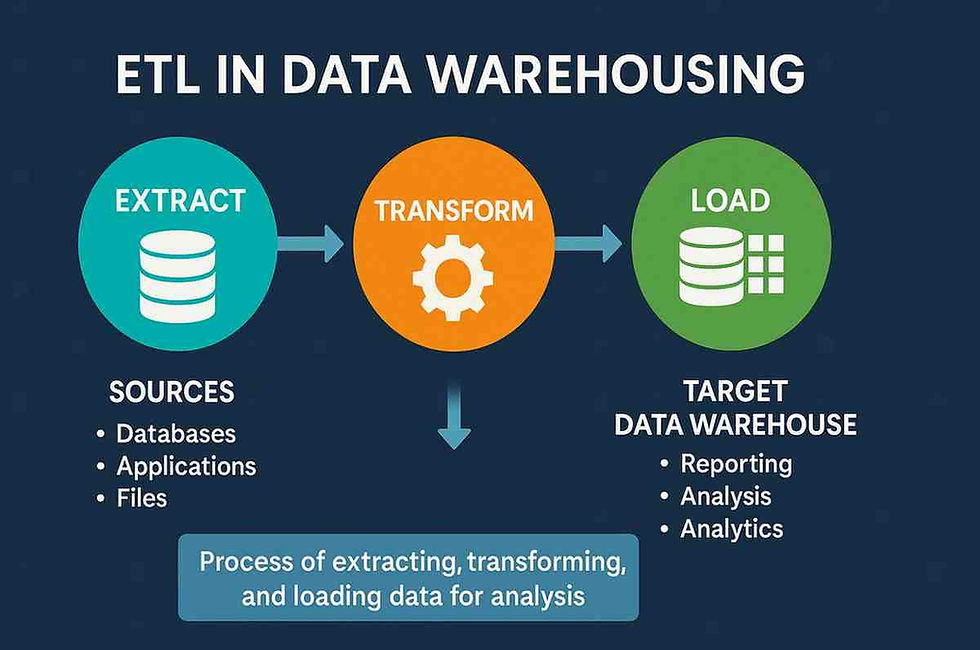Test Containers: Guide to Efficient Testing with Docker
- Gunashree RS
- Oct 24, 2024
- 6 min read
In modern software development, testing plays a crucial role in ensuring code quality and reliability. One of the challenges faced by developers is setting up real-world environments for testing purposes. This is where Test Containers come in. Test Containers is an open-source framework that provides throwaway, lightweight instances of databases, message brokers, web browsers, or virtually anything that can run inside a Docker container. It offers an easy and reliable solution to test against real dependencies.
In this detailed guide, we will explore Test Containers, its core features, benefits, supported languages, and how you can use them to streamline your testing process.
What Are Test Containers?
Test Containers is a framework that allows developers to create lightweight, temporary Docker containers to simulate real-world services for testing purposes. With Test Containers, you can spin up isolated instances of databases, web servers, message brokers, or any other services that run within containers. These containers provide a reliable environment for testing, eliminating the inconsistencies that arise from testing against mock services.
Test Containers ensure that every test run occurs in a fresh, clean environment, reducing the potential for test interference and false positives. The framework integrates seamlessly with various programming languages, including Java, .NET, Go, and Node.js.

Why Use Test Containers?
Reliable Testing Environment: Test Containers provide a reproducible testing environment by using Docker. This ensures that each test is run in an identical setup, preventing unexpected failures due to environmental differences.
Isolation of Tests: Every test runs in its own container, guaranteeing that no side effects from one test affect another. This leads to more accurate test results.
Integration with Real Dependencies: By using actual Docker containers, Test Containers allow you to test your code against real databases, message brokers, and other services, rather than relying on mocks.
Cross-Language Support: Test Containers supports various programming languages, including Java, .NET, Go, Node.js, and more through community projects.
Speed and Efficiency: Containers are lightweight and can be easily spun up or torn down, making the testing process faster and more efficient.
Supported Languages
Test Containers is available across several programming languages. Whether you're a Java developer or working in .NET, Node.js, or Go, Test Containers has implementations for each. Let’s take a closer look at the supported languages:
Test Containers for .NET
Test Containers for .NET allow C# developers to utilize Docker containers within their unit tests. It seamlessly integrates with popular .NET testing frameworks such as xUnit and NUnit, providing easy-to-use abstractions for containerized environments.
Test Containers for Go
For Go developers, Test Containers for Go offers a similar set of functionalities, providing a powerful way to run integration tests against real services running in Docker containers.
Test Containers for Java
The Java implementation is the most widely adopted version of Test Containers. It integrates directly with JUnit and TestNG, allowing developers to spin up databases, web browsers, or any service inside Docker containers directly from their tests.
Test Containers for Node.js
Node.js developers can also take advantage of Test Containers, which integrates with testing libraries like Jest or Mocha. This makes it easy to test backend services or database interactions using containers.
Community-Supported Languages
In addition to official language support, the community has extended Test Containers to several other languages, including:
Modules and Preconfigured Services
Test Containers offers a Module Catalog with preconfigured modules for popular services such as:
Databases: MySQL, PostgreSQL, MongoDB, etc.
Message Brokers: RabbitMQ, Kafka, etc.
Web Browsers: Selenium Chrome, Firefox containers.
These modules simplify the process of setting up containers for common services, allowing developers to focus on writing tests rather than configuring the infrastructure.
For example, to test against a PostgreSQL database in Java, you can simply use the following code:
java
PostgreSQLContainer<?> postgres = new PostgreSQLContainer<>("postgres:latest")
.withDatabaseName("test")
.withUsername("user")
.withPassword("password");
postgres.start();This spins up a fresh PostgreSQL container with the specified configuration, and once the test completes, the container is automatically removed.
How to Get Started with Test Containers
To get started with Test Containers, follow these steps for your respective language. Here’s a brief guide for some of the main languages:
1. Test Containers for .NET
Install Docker on your machine.
Add the Test Containers library to your project by running:
bash
dotnet add package TestcontainersDefine your container configuration within your tests and spin up a container using:
csharp
var container = new TestcontainersBuilder<Container>()
.WithImage("postgres")
.WithPortBinding(5432)
.WithEnvironment("POSTGRES_PASSWORD", "password")
.Build();
container.StartAsync().Wait();2. Test Containers for Go
Install Docker and Go on your machine.
Install the Test Containers Go library:
bash
Use the Test Containers API to start a container for testing:
go
postgres, err := testcontainers.GenericContainer(context.Background(), testcontainers.GenericContainerRequest{
ContainerRequest: testcontainers.ContainerRequest{
Image: "postgres",
ExposedPorts: []string{"5432/tcp"},
Env: map[string]string{
"POSTGRES_PASSWORD": "password",
},
},
})3. Test Containers for Java
Add the Test Containers library to your Maven or Gradle build file:
xml
<dependency>
<groupId>org.testcontainers</groupId>
<artifactId>testcontainers</artifactId>
<version>1.15.3</version>
</dependency>Define and start your container in the test class:
java
PostgreSQLContainer<?> postgres = new PostgreSQLContainer<>("postgres:latest")
.withDatabaseName("test")
.withUsername("user")
.withPassword("password");
postgres.start();4. Test Containers for Node.js
Install Docker on your machine.
Add Test Containers to your project:
bash
npm install testcontainersDefine and start a container within your test code:
javascript
const { GenericContainer } = require("testcontainers");
(async () => {
const container = await new GenericContainer("postgres")
.withEnv("POSTGRES_PASSWORD", "password")
.start();
})();Test Containers Desktop
Test Containers also offers a Test Containers Desktop application, a companion tool for managing and monitoring container usage in your local development environment. It simplifies testing with Docker containers and provides a graphical interface to track your containers’ statuses.
With Test Containers Desktop, you can:
Visualize running containers.
Manage container lifecycles.
Simplify configuration for local development and testing.
This desktop tool enhances your development workflow, especially when working with multiple containers across different services.
Best Practices for Using Test Containers
Keep Containers Lightweight: Only include the necessary services and dependencies in your containers to keep tests fast.
Use Preconfigured Modules: Leverage the preconfigured modules for databases, message brokers, and other services to simplify setup and configuration.
Automate Container Cleanup: Ensure that containers are automatically stopped and cleaned up after each test run to prevent resource leakage.
Integrate into CI/CD: Test Containers can be easily integrated into your continuous integration/continuous deployment pipelines to run tests in isolated environments.
Conclusion
Test Containers provide an innovative and effective way to run integration tests against real services within isolated Docker containers. By spinning up containers for databases, message brokers, or web servers, you can create a controlled environment that mirrors production, offering greater test reliability and accuracy.
Whether you're developing in Java, .NET, Go, or Node.js, Test Containers simplifies the process of integration testing by providing easy-to-use APIs that integrate seamlessly with your existing test frameworks. With the added convenience of Test Containers Desktop, managing your containers becomes even simpler, ensuring your local development environment stays efficient.
FAQs
1. What is Test Containers?
Test Containers is an open-source framework for running Docker containers in a test environment, providing lightweight instances of real services like databases or message brokers.
2. Why should I use Test Containers?
Test Containers provide isolated, reproducible environments for testing, ensuring more reliable results by using real services instead of mocks.
3. How do I install Test Containers?
You can install Test Containers using your preferred package manager, such as Maven, npm, or dotnet add package, depending on your programming language.
4. Which languages are supported by Test Containers?
Test Containers supports multiple languages, including Java, .NET, Go, Node.js, and several others through community projects.
5. Can Test Containers be used in CI/CD pipelines?
Yes, Test Containers are ideal for CI/CD pipelines as they allow tests to run in isolated, reproducible environments across different stages of the pipeline.
6. What services can I test with Test Containers?
Test Containers can run any service that runs within a Docker container. Common services include databases, message brokers, and web servers.
7. What is Test Containers Desktop?
Test Containers Desktop is a companion app that enriches the Test Containers experience by providing a GUI for managing containers during local development.
8. Do Test Containers work with existing testing frameworks?
Yes, Test Containers integrate seamlessly with popular testing frameworks like JUnit, xUnit, NUnit, and Jest.
Key Takeaways
Test Containers provide lightweight Docker environments for reliable integration testing.
They support multiple programming languages, including Java, .NET, Go, and Node.js.
Modules are available for preconfigured services such as databases and message brokers.
Test Containers ensure test isolation, preventing side effects across test runs.
The Test Containers Desktop tool enhances the user experience for managing local containers.




Comments